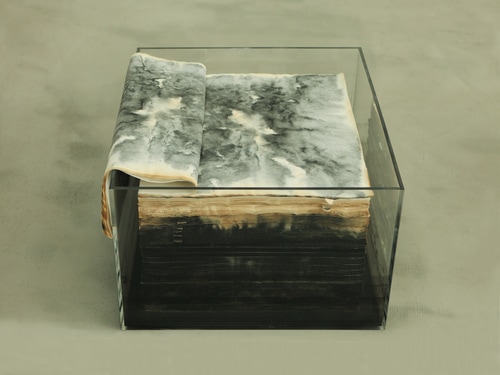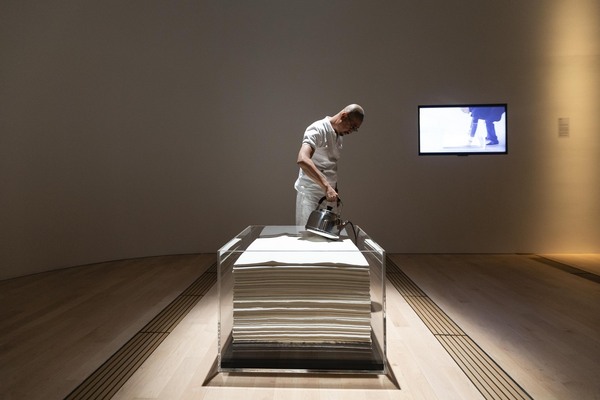

From Minimalism to Maximalism


Whilst Minimalism is often referred to as a movement within Western modern art which began in the 1960s, its roots can be traced to spiritual and philosophical ideas from Asia.
In 1915, the Russian artist, Kazimir Malevich created perhaps the first truly Minimalist artwork. His landmark painting, Black Square consisted of a 79.5cm x 79.5cm black square on a white background. That sparse and seemingly simple painting revolutionized modern art, showing that the simplest gestures can create the most profound impact, and that the absence of form is sometimes more powerful than presence.
Black Square arose from Malevich’s interest in Eastern philosophies. The link between American Minimalism and Eastern spirituality can be traced to the Japanese scholar, D.T. Suzuki's public lectures on Zen Buddhism in New York in the 1950s. Attended by artists who went on to influence Minimalism, they raised the profile of Zen teaching for a generation of artists.
Throughout this exhibition we explore Minimalism as seen in Zen, Chinese Maximalism and contemporary art from Asia, as a counterpoint to the analytic geometry of much Western Minimalist art.


Ink Feeding 20150506 by Zhang Yu (2018)
Plexiglas, Xuan paper, ink and water, 80 x 80 x 50 cm
The trajectories of Western art and traditional Chinese ink painting converge in the work of Zhang Yu. His sculpture displayed here is a point of confluence between Western Minimalism and Chinese Maximalism, a more Eastern approach to art-making that emerges from Zen and Taoist culture.
Using both traditional and everyday materials, Zhang’s experimental ink paintings and sculptures often evolve over time. In this work, he stacks thousands of sheets of rice paper in a clear acrylic box, then in a performative action, slowly pours in ink from a large kettle. The ink is slowly absorbed by the paper, and the process is repeated until eventually the work is transformed into a black cube – one of the most iconic symbols of the Western minimalist aesthetic.
The work is one of many artworks by Zhang that refer to Buddhism. He notes, “Zen, Buddhist or Taoist practice […] is a road in the most profound way to the human heart. At the end of this road, there is a kind of wisdom we are looking for, and to achieve wisdom, we […] need calmness, simplicity and clarity.”